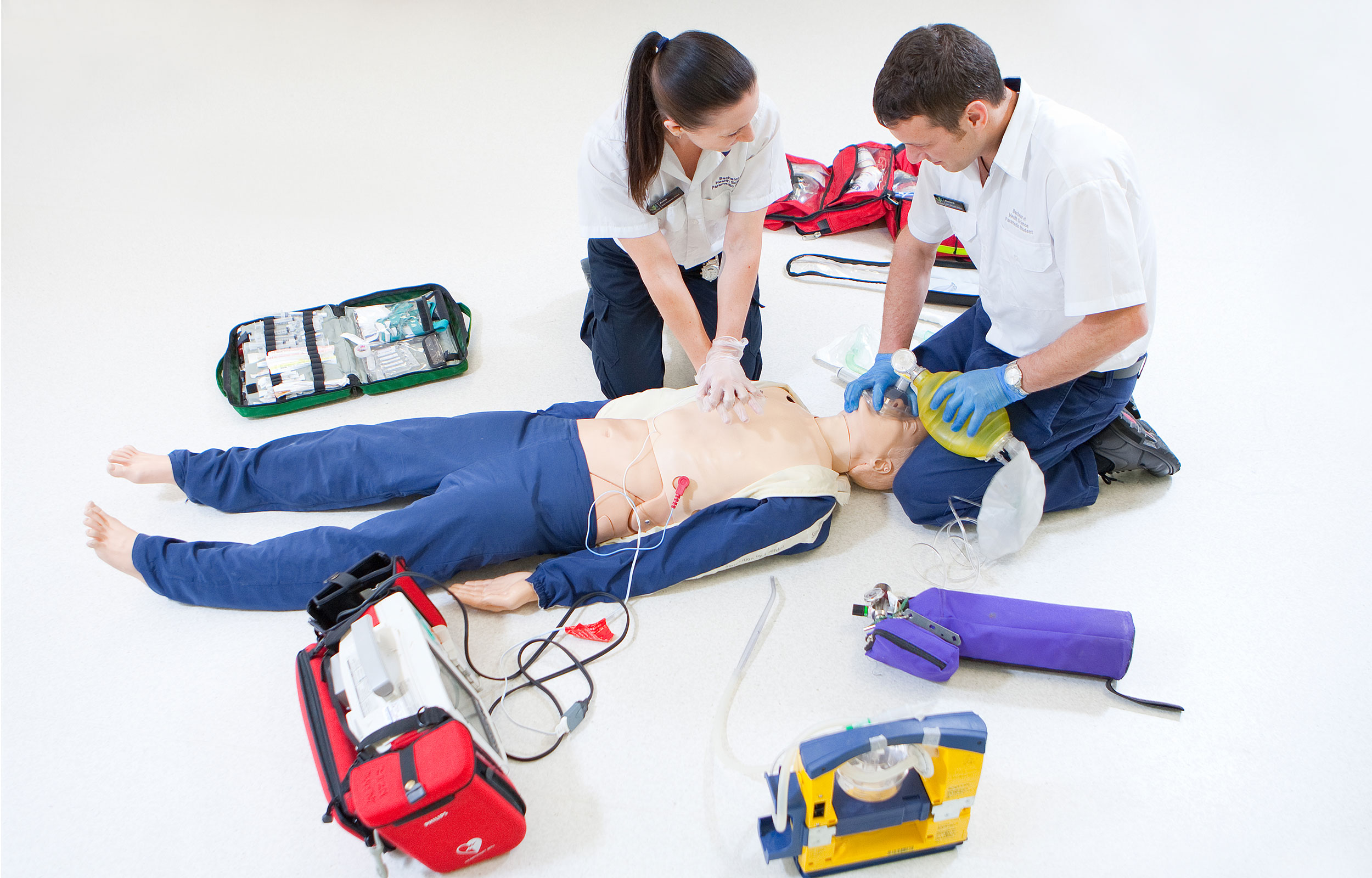The field of emergency medical services is a critical one and a career in it can be rewarding. It’s about the saving of lives and offering life-saving treatment. If you’re thinking of becoming an Emergency Medical Technician (EMT) or even moving up into the highly sought-after post of paramedic, you’re joining a field that has tremendous growth opportunities and high demand for skilled professionals. In this post, we’ll walk you through the steps to become an EMT or paramedic, examining the different training options available which include DSHS accredited EMS training course.
Understanding the importance of EMTs & Paramedics
First responders emergency medical Technicians and Paramedics are able to provide immediate medical care in an emergency situation. They are trained to evaluate and take care of patients and transfer them safely to medical facilities where they can receive the treatment they require. Paramedics and EMTs play a important role in stabilizing patients in crucial moments, taking split-second decisions and providing compassionate care in times emotional distress. For more information, click Steps to become a Paramedic

Step 1: Becoming EMT
To become an EMT, you need to complete the necessary education and training that can differ based upon the certification level you want to attain. There are three levels to EMT certification:
1. EMT Basic (EMT B) The EMT Basic certification is a basic certification that will require between 100 and 150 hours of instruction. EMT-Bs are trained to provide medical basics that includes CPR, bleeding control, and airway management.
2. EMT-Intermediate (EMTI) is a degree which requires more instruction. The amount of training is different from one state to the next. In certain states EMT-I is integrated with EMT-B. In other areas, it is a requirement of 200 to 400 hours of education, which includes an increase in medical knowledge and intravenous therapy.
3. EMT-Paramedic (EMT-P) The most prestigious level of EMT certification, the EMT-P is the most advanced level of training and typically between 1,000 and 1,800 hours. Paramedics are trained in the latest medical procedures, which include administering medications in the form of EKGs, interpretation of EKGs, as well as advanced airway management.
Step 2: Applying for Paramedic Certification:
To qualify as a paramedic, you must first complete the EMTB and EMTI levels and then gain some practical experience. You’ll then be able to enroll in an ambulance course that typically takes between one and two year to complete. This extensive program will instruct you on advanced medical concepts, and will equip you with the necessary skills and knowledge required to deal with emergency situations by yourself.
Learn more about EMT Training Options
When it comes to EMT training, there are various options depending on the level of certification you want to achieve. Community colleges and medical trade schools usually offer EMT training for all certification levels. The programs are a combination of the classroom with hands-on experiences and clinical as well as field locations.
If you are looking for a complete and deep EMT program that could result in a degree at a university or college or college, they might also provide EMT training for the EMT-Paramedic levels. These programs give you an understanding of emergency services and a greater understanding of medical decision-making.
Step 4: Ensure that DSHS-approved EMS training
It is vital for future EMTs or paramedics, to make sure that the course they decide to pursue has been endorsed by DSHS. The Department of State Health Services also known as DSHS, approves EMS Training Courses to ensure top quality training. If you choose to enroll in an DSHS approved EMS training program, you will be able to be confident that you’re receiving high-quality instruction and that you meet the required requirements for certification.
A career in the field of EMT or paramedic is highly rewarding and respected. EMTs and Paramedics serve as first responders who play a vital function in offering immediate medical care in the event of an emergency. To embark on this lifesaving adventure, prospective EMTs and paramedics must complete the mandatory training and education programs. According to the level of certification desired, individuals can choose from various EMT training options, which include community colleges, medical trade schools, as well as university programs.
When assessing the many training options available and options, it is important to ensure that your chosen EMS training program is DSHS certified. You can rest assured that the instruction you receive will be in line with the requirements to obtain EMT or paramedic certification.
The demand for emergency medical professionals is on the rise. Entering the field of EMS offers many possibilities for employment, as being a chance to make a an enormous impact on others’ lives. If you’re an EMT Basic or you want to be a paramedic your commitment to the field of critical care will reward you with an enjoyable and fulfilling career in emergency services.
Leave a Reply